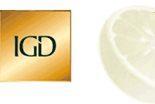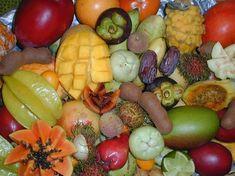

Although the UK grocery market will grow to £133.5bn by 2009, the dominance of the multiples in the fresh produce sector may be slowing.
In its new report - Grocery Retailing 2004 - think-tank IGD found that key factors driving growth are consumers trading up to premium lines such as prepared produce, organics and pre-packs as well as non-food items and slow steady population growth.
But the share of the fresh produce market that the multiples are taking from other players could be slowing. The IGD report found the major multiples accounted for 79.6 per cent of fruit and vegetable sales in 2003, up from 79.3 per cent in 2002. But this was down from 81.9 per cent in 2001. The 2000 share stood at 79 per cent.
Specialist greengrocers had a market worth £473 million in 2003, the report found, losing out to multiples due to lack of space, a narrower range and lack of premium lines, although many were able to match the multiples on price.
However, the one to watch is the convenience sector. Although produce only accounted for 2.3 per cent of the sector's overall sales last year, growth is coming from the symbol groups operating in the arena. "Many people think that it is the supermarkets' entry into the sector that is driving growth, but it is the symbol groups such as Spar where we are seeing huge growth at the moment," said an IGD spokeswoman.
Consumer research carried out by IGD in compiling its report found that 15 per cent would like to see more local foods in supermarkets and that 25 per cent of consumers have perceived no increase in the price of their food.
Perhaps worryingly for suppliers too is that food-price inflation is running below background inflation at just 0.5 per cent.
"With food price inflation consistently below background inflation, food is cheaper than ever and consumers have never been offered better value in terms of quality, choice and price,' said IGD business manager David Gordon. "Against this background the food industry has still achieved growth and this is testament to the very strong retailing skills in our sector.
"Over the next five years, we will see both ends of the market driving this growth. At one end, the convenience market is outperforming the total market and will continue to do so. At the other end of the scale, the hypermarkets will continue to develop to satisfy consumers' desire for non-food and one-stop shopping."